According to data, service marketplaces are the leading marketplace type at 33%, highlighting the growing demand for such websites.
The big question is, which services marketplace business model should you adopt to ensure you earn significant revenue?
We’re here to help.
While some people are skeptical and even question why virtual marketplaces are bad for your identity, there are strategic and effective ways to make a professional service marketplace work for you and help you boost your profits.
This guide covers the top six revenue-generating services marketplace business models you can explore and implement.
Let’s get right to it.
1. Commission based
A commission-based service marketplace business model is where users get charged a fee for each transaction.
The business model is designed to allow service marketplace owners to charge a fixed fee or percentage for their services when the customer pays the service provider.
For instance, you could run a service marketplace that connects clients with sales consultants, digital marketers, social media managers, spiritual life coaches, etc.
You can charge either the service provider or buyer or take a commission from both.
The parties can operate for free and only pay when they get some value from using the platform (book a consultation, meet online, etc.), while your niche marketplace gets revenue from each conversion.
Here’s an example: Let’s say you have a services marketplace where social media marketers offer services such as creating and managing campaigns, providing relevant hashtags for Instagram Reels or YouTube shorts, etc.
Then you can set up a commission-based business model where service providers pay you a specific fee when they get payments from their clients.
Airbnb is an example of a service marketplace that uses a commission-based model.
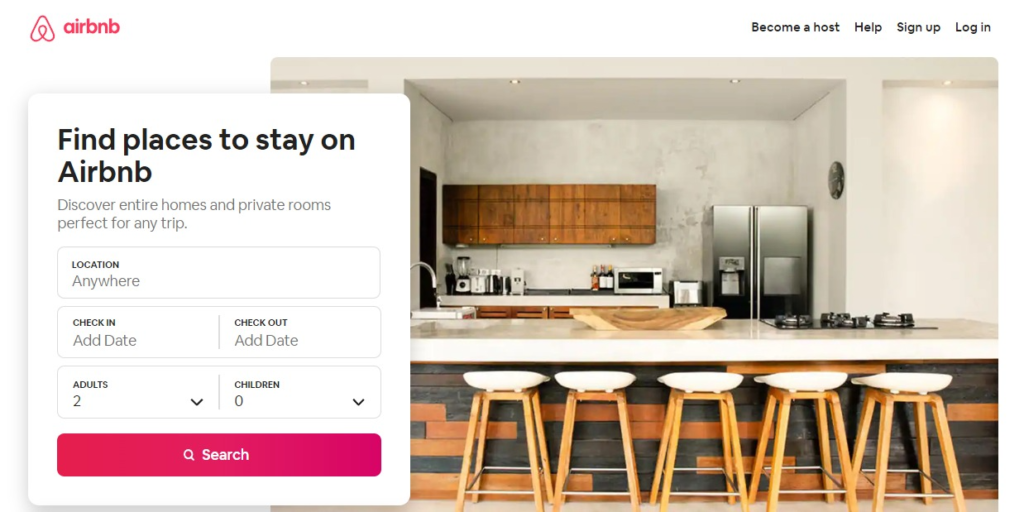
Image source: airbnb.com
It’s a Customer-to-Customer (C2C) marketplace that connects hosts or service providers with people looking to rent a room or house when traveling short-term.
2. Subscription or membership based
In a subscription or membership-based service marketplace business model, users are charged a regular fee to access the marketplace or platform.
The goal of a subscription-based business model is to help service providers find new clients or access a database of prospects or partners.
Service marketplaces that charge membership fees don’t generally participate in the transactions between users, and parties can pay directly with a credit card, for example.
Other types of membership-based marketplaces are where the relationships between parties don’t involve money, such as couch-surfing and dating websites.
Online dating website and app OkCupid is a classic example.

Image source: okcupid.com
The website connects people looking for others through a paid subscription.
Here’s another example – a marketplace that offers a suite of robust security testing tools from different service providers that users can access when they pay a subscription fee.
The subscription-based marketplace model can be the best option if you run a marketplace that doesn’t have the resources to process transactions between users.
💡 Pro tip
You can easily facilitate payment transactions between service providers and their clients with 3veta. See how other marketplace owners increased retention.
3. Lead fees
The lead fee marketplace model is where users post requests, and the service providers pay the marketplace a fee to bid for the customer.
Lead fees are somewhere between commission-based and listing fee marketplace business models.
This marketplace business model can give a better value proposition than listing fees since service providers only pay if they are put in touch with potential customers.
However, lead fees only work if the lead’s value is high.
That is why lead fees are more commonly used by B2C and B2B service marketplaces since each new lead can lead to long-lasting customer relationships with multiple deals.
For instance, expert marketers that offer content writing guides and consulting services can be better off selling their services in a peer-to-peer marketplace with a lead fees business model.
Thumbtack is an online marketplace that connects clients with local professionals.
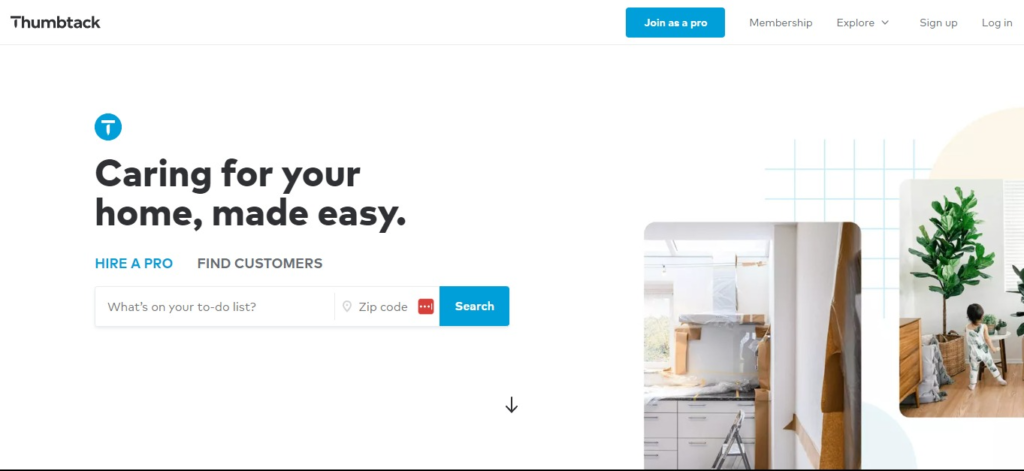
Image source: thumbtack.com
There are two types of leads at Thumbtack.
With exact leads, service providers automatically pay for leads matching their preference, whether they get a reply.
With partial leads, service providers only pay if they accept the job.
4. Listing fees
In a listing fee revenue model, marketplaces charge service providers for posting ads on the platform.
While commission-based marketplaces charge a fee only when the items sell, they might miss the revenue from less popular services.
The listing fee model can reduce this problem by getting profit from every ad on the platform.
For example, a provider that offers services such as content tracking for marketers and business owners could post and pay for a listing on your marketplace.
Etsy, famous as a marketplace for craft supplies and handmade and vintage items, is an example of a marketplace that follows the listing fees business model.
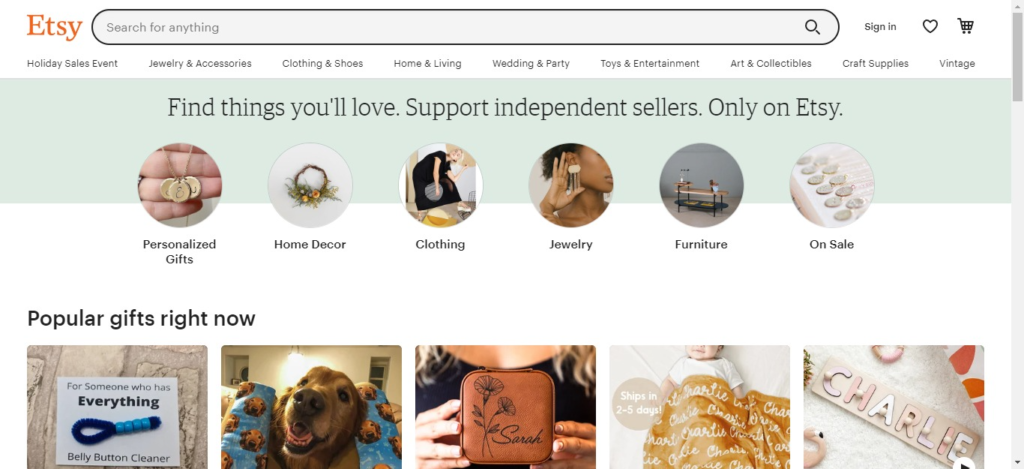
Image source: etsy.com
You’ll gain more success with a listing fees business model when you use the right tools.
One such tool is 3veta’s Marketplace Module, an SEO-optimized listing where end-users can search for your clients easily.
5. Freemium
A freemium service marketplace business model is where a marketplace offers free and premium features.
The model can be tricky to implement since your marketplace has to offer highly enticing premium features for users.
However, if you nail the freemium business model, you can increase your chances of building a client base and nurturing enough trust to entice subscribers to go for the premium paid features.
Plus, since it’s a freemium business model, you can charge when users or service providers want to advertise their posting or post more than the limited number of available listings.
The most widely-known marketplace that uses the freemium business model is Craigslist.
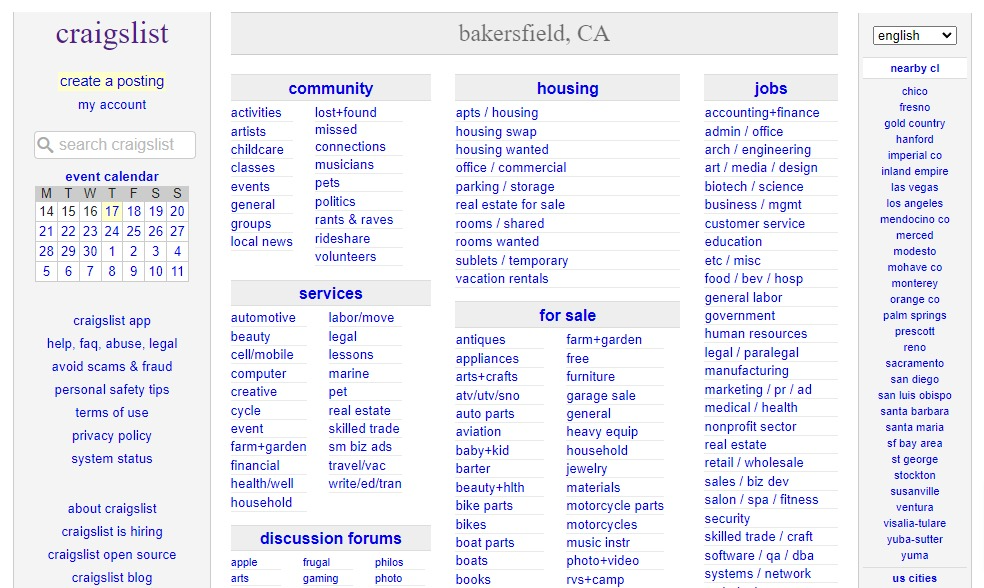
Image source: bakersfield.craigslist.org
Posting a listing on Craigslist is generally free.
However, there are categories, such as real estate, where the marketplace and classified ads website charges certain fees.
6. Featured listings and ads
Service providers purchase advertising privileges to boost visibility using the featured listings and ads business model.
Users pay a specific fee to have a featured listing at the top of a category (or higher than other listings) if all other listings are free to post.
Tech real-estate marketplace Zillow is a popular example.
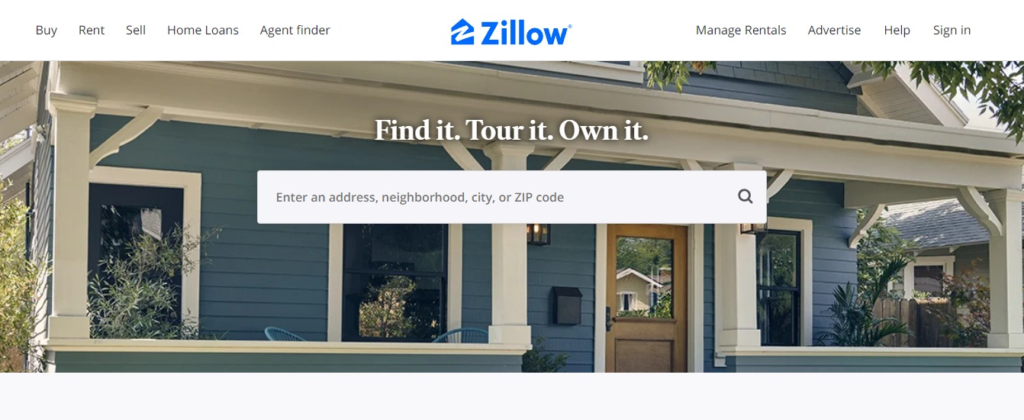
Image source: zillow.com
The marketplace charges management companies and agents for advertising their featured listings on the platform.
Which services marketplace business model is for you?
Each business is unique and choosing the right marketplace model can be difficult.
Unfortunately, it is not a case of “if the business is X then choose marketplace business model Y”.
Learning how each type works and analyzing how it will apply to your business is key. Studying successful marketplaces and their business models can also point you to the best option.
